The global semiconductor sector has been rocked by news that Nvidia has taken a multibillion-dollar stake in Intel, a move that analysts say could redefine industry competition and boost both companies in the race to dominate artificial intelligence and advanced computing.
The Deal at a Glance
Nvidia invested roughly $5 billion to acquire about 4 percent of Intel’s stock, marking one of the boldest cross-industry bets in years. Alongside the investment, the two tech giants announced a strategic partnership to co-develop chips for data centers, personal computers, and artificial intelligence infrastructure.
At the heart of this collaboration: combining Nvidia’s cutting-edge GPU and interconnect technologies with Intel’s CPU leadership and advanced manufacturing capabilities. Intel will also produce custom chips designed for Nvidia’s fast-growing AI ecosystem.
Why This Matters
- Intel’s Revival Strategy: Intel has struggled in recent years to regain ground against rivals in both CPU and chip manufacturing. By securing Nvidia as a major partner, Intel not only gains capital but also validation for its roadmap, especially as it ramps up new production technologies.
- Nvidia’s Strategic Hedge: Nvidia, the dominant player in AI chips, has long relied on third-party foundries. Partnering with Intel provides another source of advanced manufacturing and reduces dependency on other suppliers, potentially easing supply chain risks.
- Industry Shockwaves: Rivals like AMD and Arm could face steeper challenges as Intel and Nvidia join forces. The pairing blends Nvidia’s dominance in AI acceleration with Intel’s scale in processors, threatening to reshape the balance of power in semiconductors.
Market Reactions
The announcement immediately sent Intel’s stock soaring, recording one of its best days in decades. Nvidia’s share price also climbed, though more modestly, as investors interpreted the move as a long-term growth play rather than an instant financial windfall.
For shareholders, the deal signals confidence in Intel’s turnaround story and strengthens Nvidia’s positioning as the go-to firm for AI-driven computing.
Risks and Challenges
Despite the excitement, risks remain. Technical integration between Intel’s CPUs and Nvidia’s GPUs will be complex, requiring flawless execution. Regulatory approval in both the U.S. and abroad could slow the rollout, particularly given the sensitive nature of semiconductor supply chains.
There is also the question of competition with Taiwan’s TSMC, which still leads in advanced chip fabrication. If Intel fails to deliver its new manufacturing processes on schedule, Nvidia’s bet could backfire.
What Comes Next
- Intel and Nvidia plan to roll out their first co-developed products within the next few years, focusing initially on data centers and high-performance computing.
- Investors will watch closely for progress on Intel’s manufacturing timeline and Nvidia’s ability to leverage these new resources without slowing down innovation.
- Competitors may respond with fresh alliances or accelerated research and development to counterbalance this powerful new partnership.
The Bottom Line
Nvidia’s investment in Intel isn’t just about stock ownership—it’s a signal of strategic realignment in the semiconductor industry. If successful, the partnership could mark a turning point for Intel’s revival and cement Nvidia’s dominance in the age of artificial intelligence.
For investors and industry watchers alike, this deal could be the catalyst that reshapes global competition in chips for years to come.


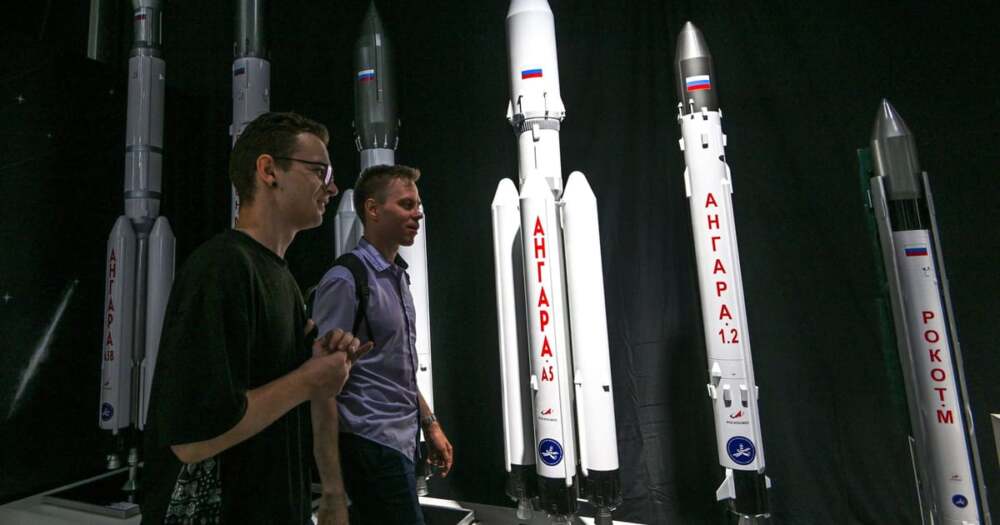



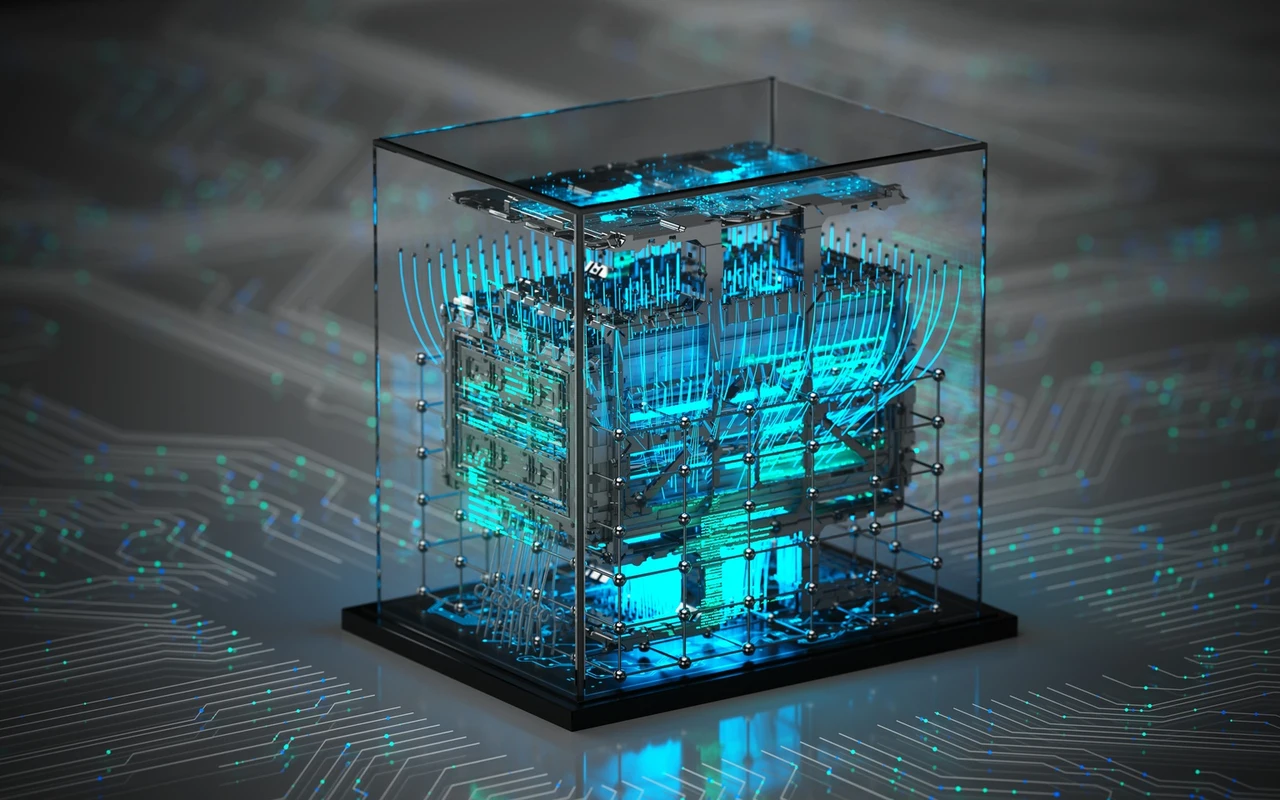

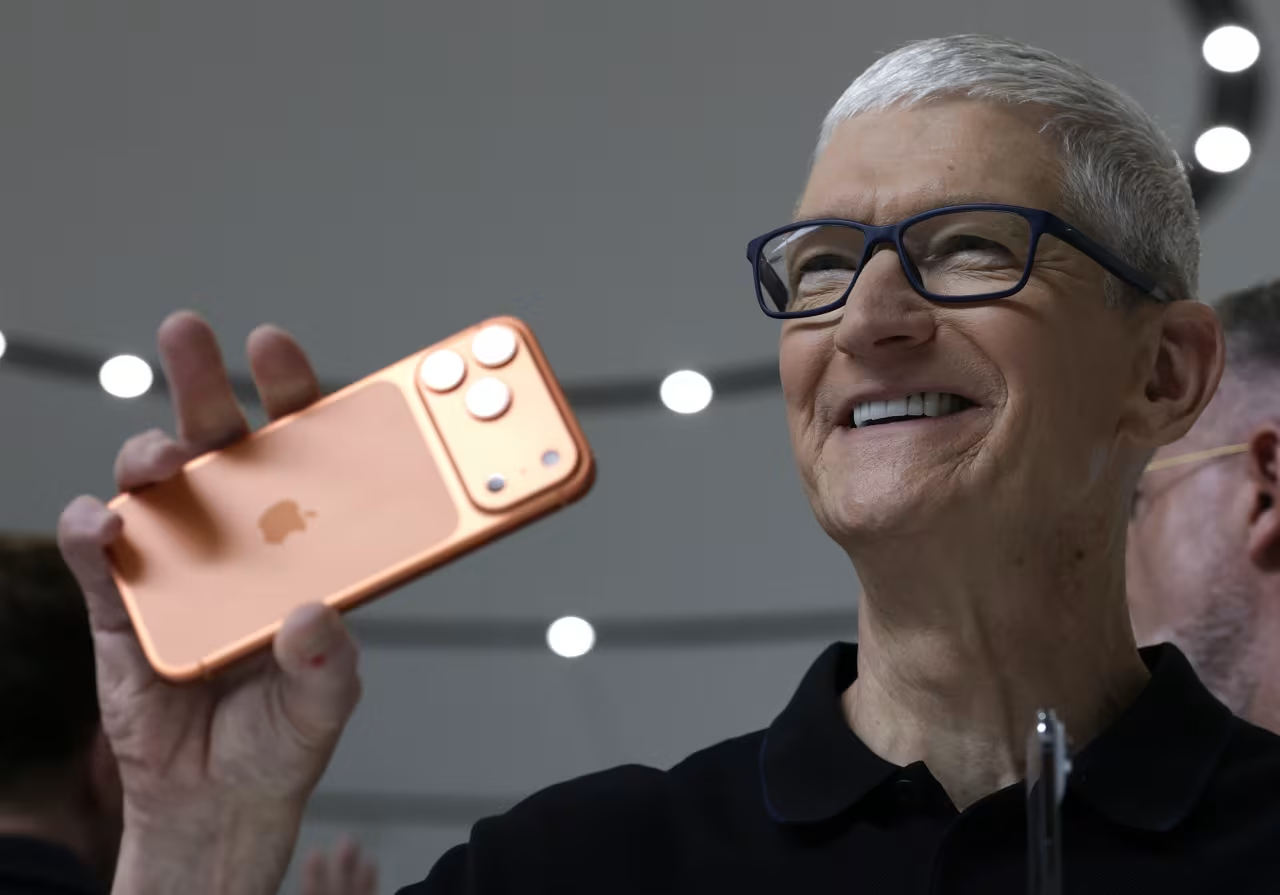





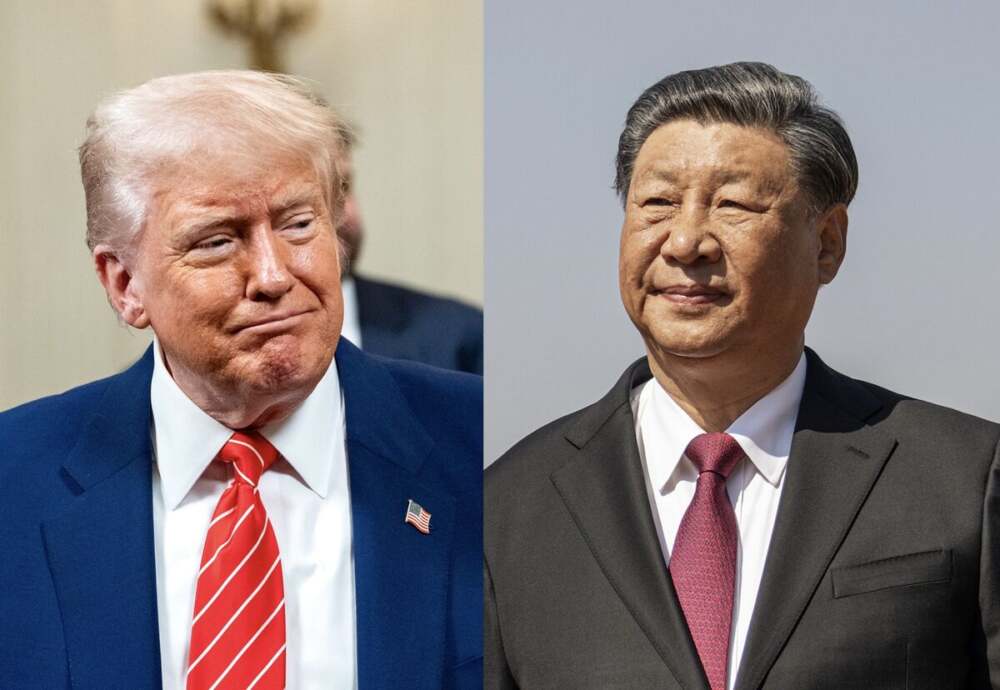
Leave a Reply